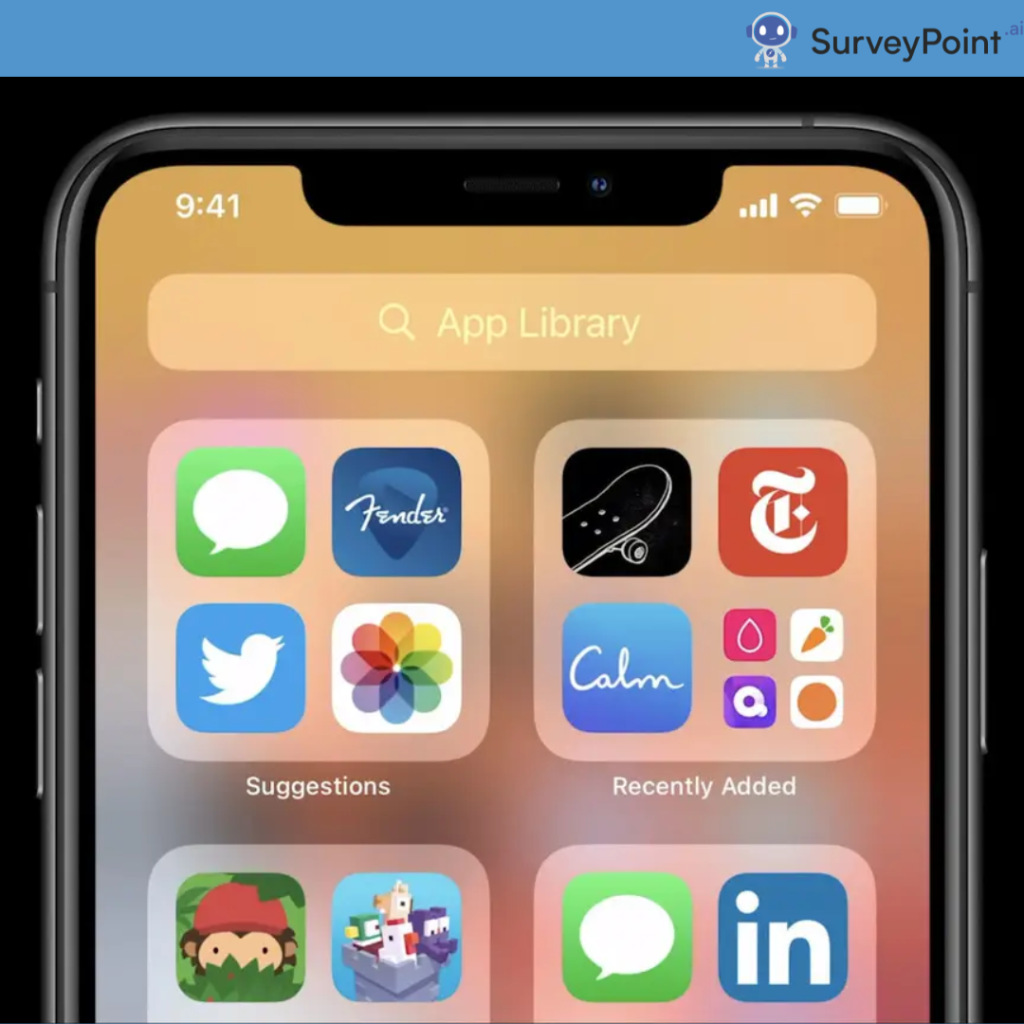
Knowledge about markets existed in vernacular literature much before any economic theories were instituted. As many theorists even agree, markets are more to be consequences of human factors than a cumulation of monetary decisions. This is exactly what makes demographic segmentation an essential aspect of a marketing strategy for any business.
Modern advertising has undoubtedly undergone major changes in the last few decades. This is seen as a primary outcome of market evolution. A market evolves not just because of the kind of commodity exchange but also because of the many kinds of people involved in that commodity exchange.
This further makes segmenting your audience a crucial consideration. It refers to dividing the consumer base into multiple categories and sub-categories. This division is based on different patterns of choices, the behavior of individuals, and reactions to market conditions.
Types of Demographic Segmentation
It is interesting to note that large-size agencies like the Bureau of Labor Standards provide enormous datasets to marketing companies for drawing valuable insights. Businesses can leverage this data for demographic segmentation and make improved decisions.
Audience segmentation is generally not based on a single factor but on multiple aspects influencing its analysis. Some of the most popular types of demographic segmentation include:
- Geographic Segmentation
Geographic segmentation is the basic classification that follows factors such as international boundaries, stately borders, population density, terrain and climatic conditions, social background (rural, urban, suburban), and the differences in the expanse of any territory.
As the term suggests, geographical segmentation is based on geographical groupings, which can further be divided on how far the people live from their workplace. Another vital idea to be kept in mind is that the bigger you want your business to be, the bigger the targeted areas have to be made.
When seen through the lens of geography, marketing strategies also seem to differ on the grounds of culture, language spoken, and the seasons.
ALSO READ: Why is Geographical Segmentation Important for Marketing?- Psychographic Segmentation
It is a marketing strategy that creates psychographic profiles of the individuals in their potential market base. It groups them based on their attitudes, lifestyles, status acquired in society, activities that interest them, and also their opinions.
These psychographic variables make it easier to analyze what changes the perception of your products or services in the minds of people. Managers also get a better idea of the popular public demand and aspirations. Lastly, the customers’ attitudes also make the companies aware of their shortcomings and the inherent flaws in their marketing policies.
Psychographic segmentation allows for efficient advertising by enhancing the specificity of different policies meant to reach different public sections.
- Income Segmentation
This approach divides the company’s prospective clients into different income slabs. The idea here is to arrange the population in the decreasing order of their monthly, quarterly, or annual incomes.
The higher the income, the lower the customer base. Thus, companies that aim to market their luxury brands segregate people to get a rough estimate of their market size. This strategy is one of the most primitive but powerful ways of advertising in the marketing world.
By knowing the share of people who will naturally not be targeted by the company’s marketing, firms customize their ads according to the needs of those earning higher to save crucial figures from revenue.
ALSO READ: Unlocking the Power of Behavioral Segmentation: Types and Steps Parameters For Demographic Segmentation
- Demographic segmentation variables include identification criteria such as gender, age, family type, family size, class, ethnic culture, religious identity, nationality, marital status, health and education levels, etc.
- Segregating the population on these parameters gives companies a finer insight into the profile of those they may intend to market their products.
- This strategy makes the population a universal set out of which the firms make separate subsets of common people, where each of them must be targeted differently to maximize profitability.
- Demographic segmentation is the basis for personalized advertising as it precedes other forms of segmentation like geographic, psychographic, and behavioral classifications. It is the easiest approach in terms of data collection and organization.
ALSO READ: Market Segmentation: Definition, Types, And Real-World Use CasesPopular Examples of Demographic Segmentation
Understanding the best demographic segmentation example can help you better gauge the relevance of the concept. Among the most sought-after examples are:
- Nike has long used demographic segmentation to market its athletic apparel and footwear to different age groups. Advertisements and marketing campaigns for the company are tailored to different age groups, such as younger athletes, millennials, and baby boomers.
- The global fast-food chain of Mcdonald’s customizes its menu on multiple levels. First, its branches follow the dietary patterns of the region they are located in. Its Indian menu can be identified as spicier than the non-vegetarian menu that Americans prefer.
Next, Mcdonald’s customizes its menu depending on age. The little ones are always treated with toys that come along with their happy meals.
- BMW targets different income levels with its luxury vehicles through demographic segmentation. The company’s marketing campaigns are aimed at affluent consumers willing to spend more money on high-end vehicles.
- Another interesting example of demographic segmentation is the marketing strategy opted for by Coca-Cola. The company effectively plans out its advertising campaigns based on the target geographies of its customers. This tailoring of the outreach drew more brand acceptance and translated into better sales.
Wrapping Up
Demographic segmentation is integral to better knowing your customer and understanding their behavior. This fuels your ideas and helps prepare better, compelling, user-centric offerings.
Gauging the specific preferences of your customers is also beneficial in retaining them for a long time. You can introduce new features that are likely to solve their concerns. You may also leverage this approach in drawing more result-oriented strategies that target relevant audiences and translate into better conversions.
Not Sure Where To Begin?
Explore our solutions to discover what is most important to your customers,
clients, and prospects. And best of all – it doesn’t take any coding!
Free Trial • No Payment Details Required • Cancel Anytime





